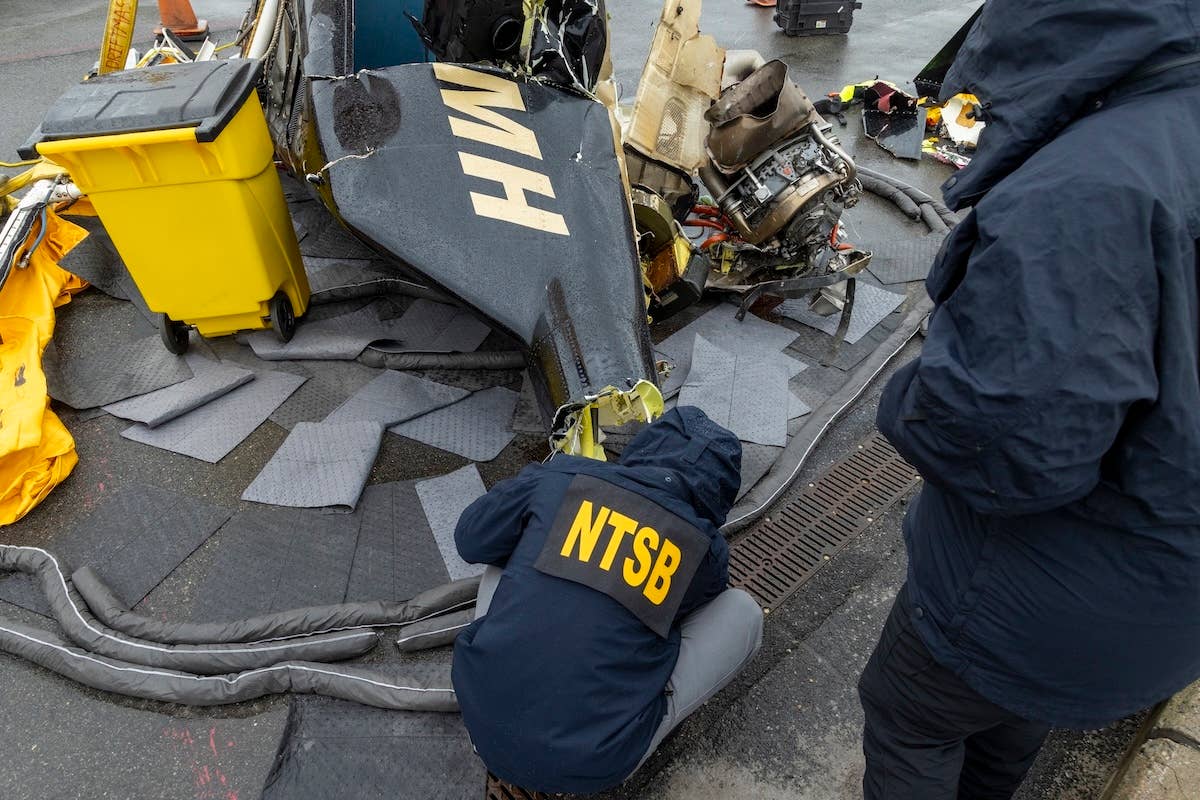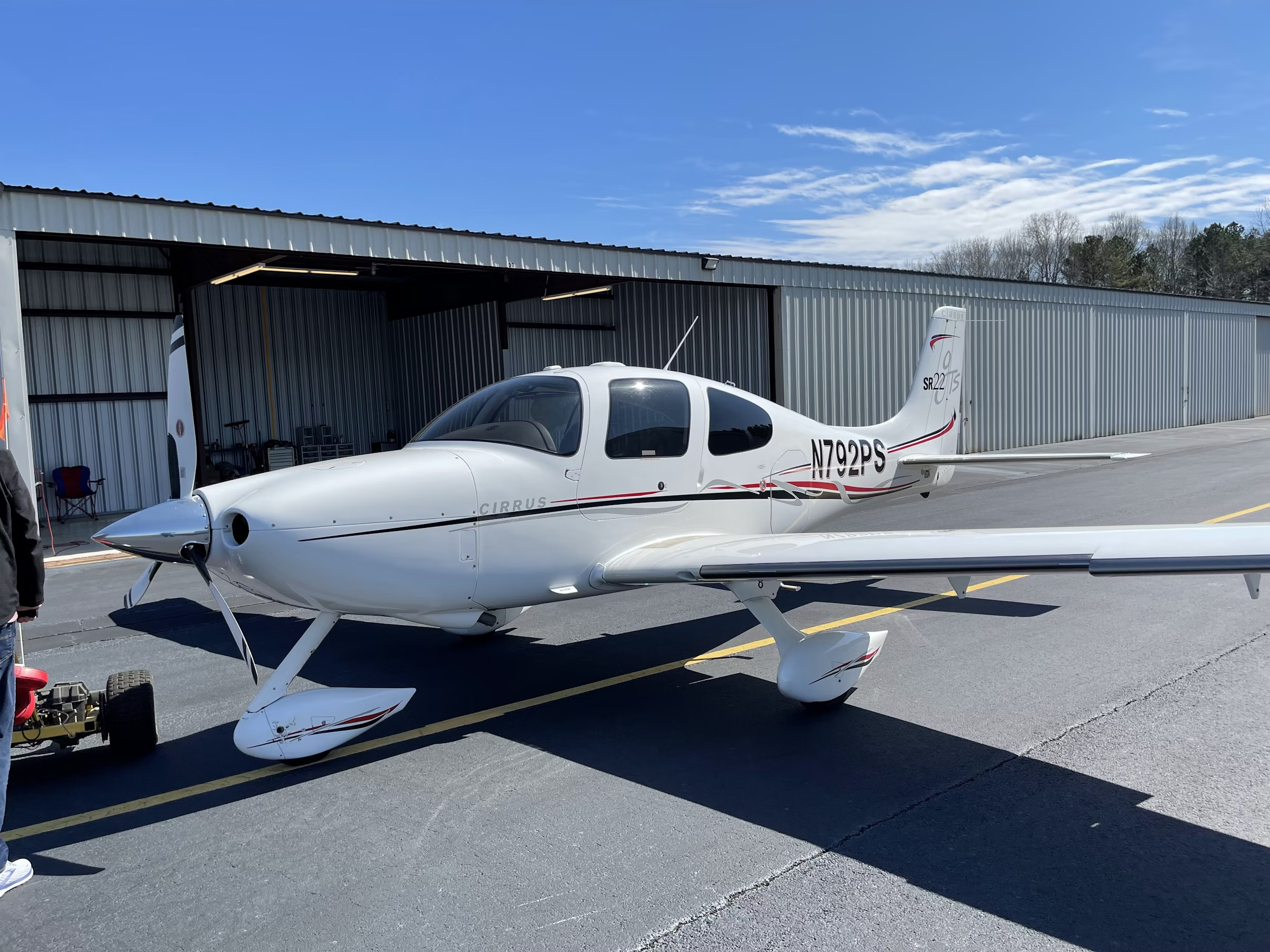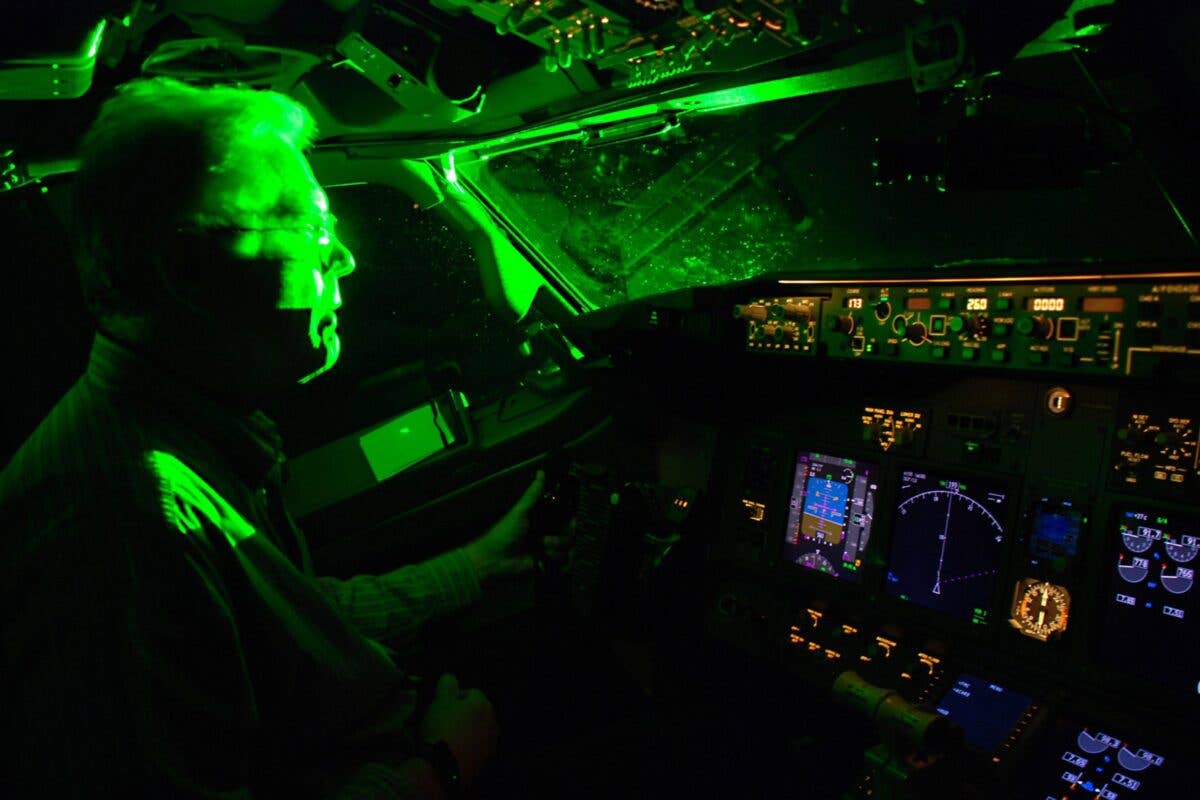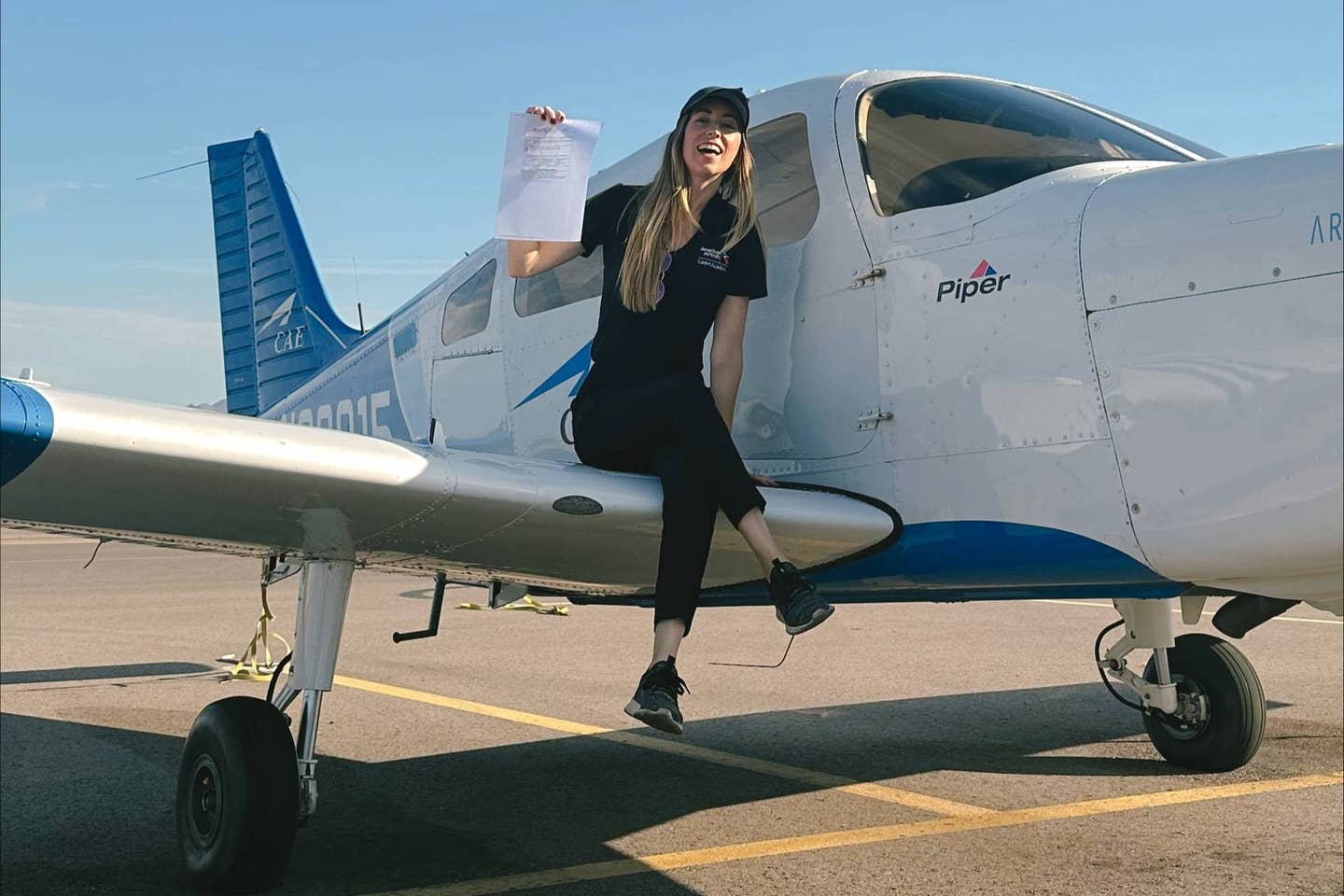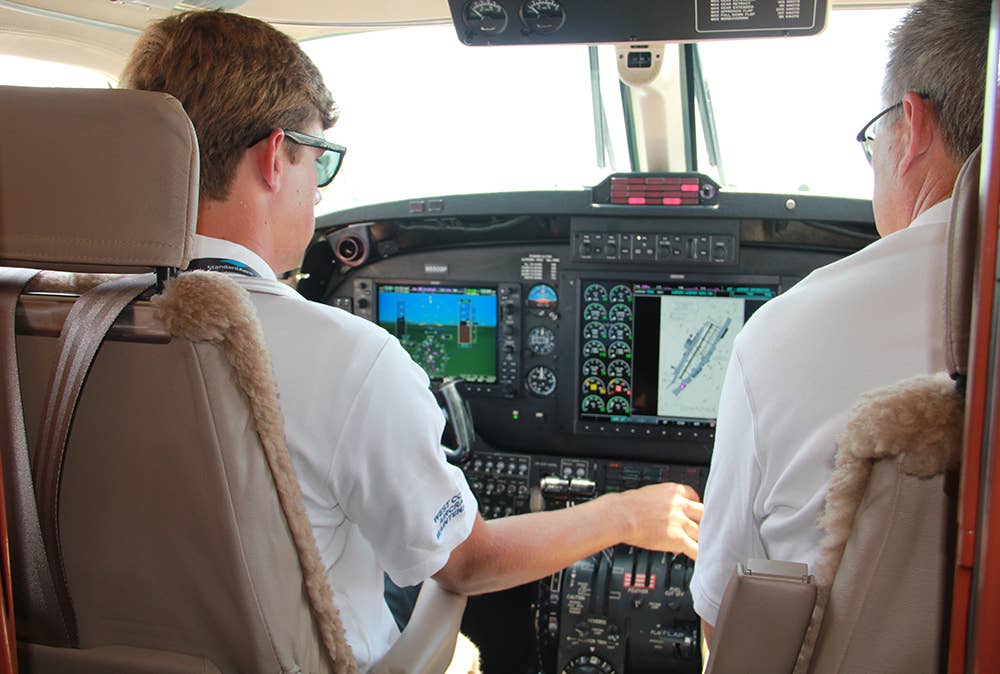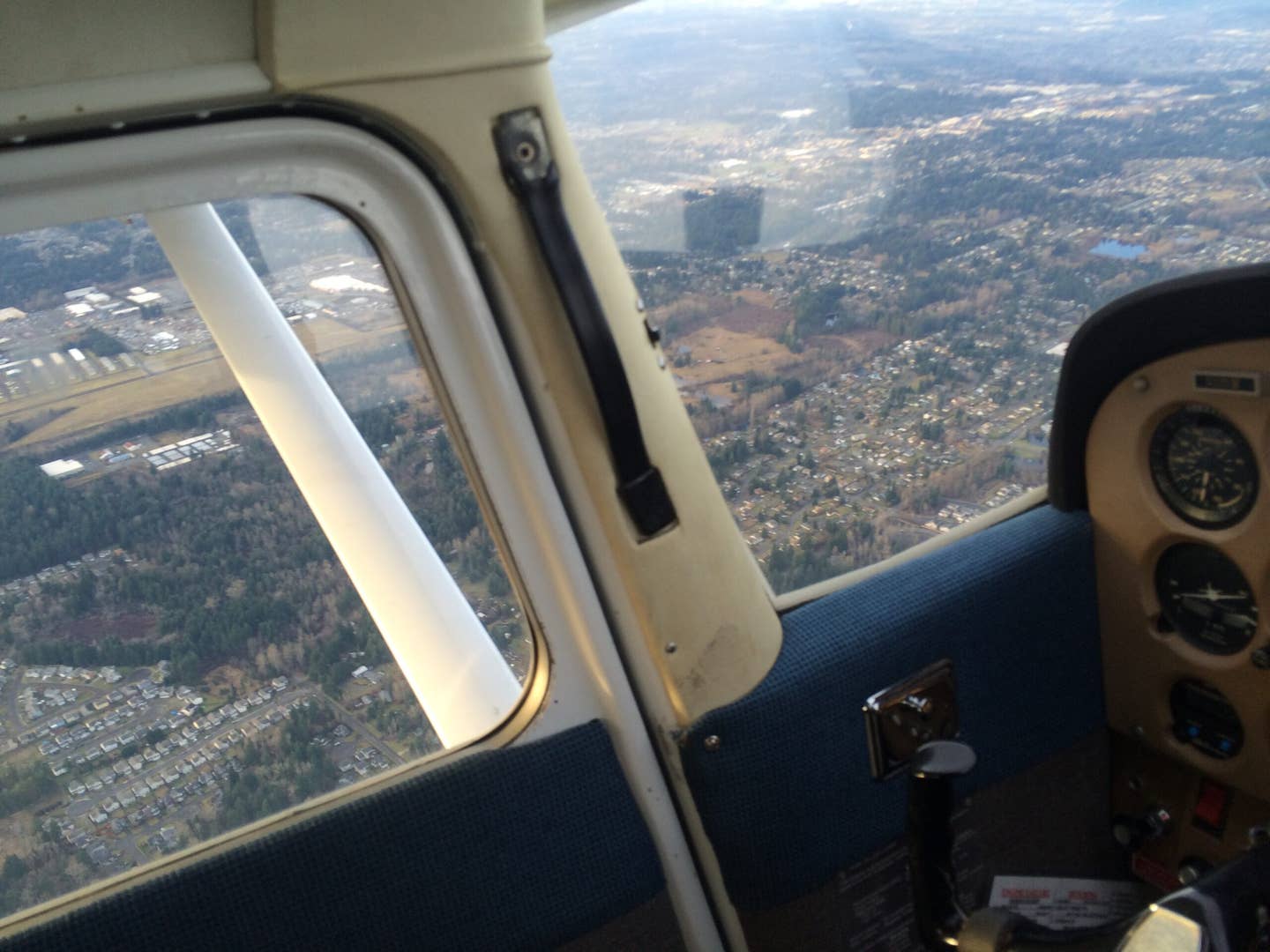Seaplane, Amphibious Aviation Stakeholders Meet in Florida
Annual conference focuses on the health, challenges, and future of the industry.
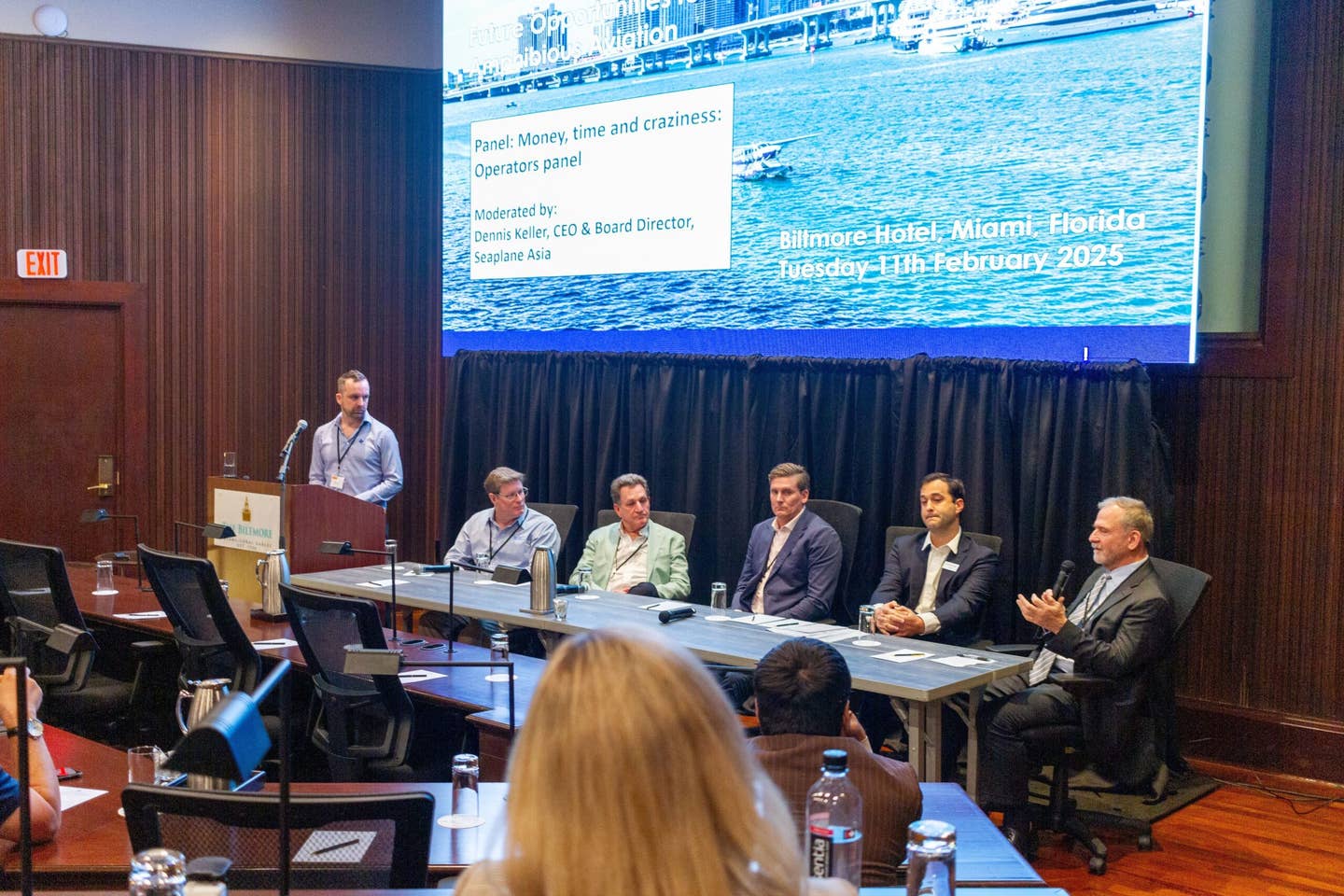
Held at the iconic Biltmore Hotel near Miami, the annual 2025 Future Opportunities for Seaplanes & Amphibious Aviation conference focused on the health and future of the seaplane industry. [Credit: Suzanne Clavette]
CORAL GABLES, Florida—Just 5 nm west of the historic Miami Seaplane Base—made famous by Chalk’s Flying Service—seaplane pilots, operators, and dreamers from around the globe gathered for the 2025 Future Opportunities for Seaplanes & Amphibious Aviation conference.
Held at the iconic Biltmore Hotel near Miami, the annual event focused on the health and future of the seaplane industry.
“Recreationally, the seaplane industry is healthy,” said Steve McCaughey, executive director of the Seaplane Pilots Association. “We recently hosted a 40-seaplane, fly-in event in Central Florida. Commercially, we’ve seen a lot of growth in Alaska and the Maldives.”
- READ MORE: Seaplane Operator Gets Wheels
However, the industry still faces challenges. Discussions at the conference focused on regulatory hurdles, such as persuading the FAA to approve specialized pilot training programs and designing and certifying the next generation of electric aircraft. Internationally, concerns revolve around access to waterways and the perception that seaplanes may pose environmental risks rather than benefits. There are some critics who don’t understand that amphibious aircraft have the capability to land on water and land.
“The most regulated part of the world that has the most need is the Caribbean,” said Rob Peres, managing director of Miami-based Southeast Insurance Group.
In his keynote address, Rob Ceravolo, CEO of Tropic Ocean Airways, offered some inspiration from his company’s success.
- READ MORE: Pilots Now Able to Earn Seaplane Rating in Wyoming
“Progress is hindered by a lack of regulatory adaptability, and we must be creative to find a way forward,” Ceravolo said.
The key takeaway from the conference was the need for unity among those present. Industry leaders agreed that working together is essential to changing perceptions of the niche seaplane market and promoting the practical capabilities of water-based aviation.
“If we all come together, instead of competing against one another, we have a moment to step up and really take advantage [of this opportunity],” said Kevin King, founder and CEO of Anatra, a cargo aircraft company. “We can help the industry now and then help [others] later.”

Sign-up for newsletters & special offers!
Get the latest FLYING stories & special offers delivered directly to your inbox

